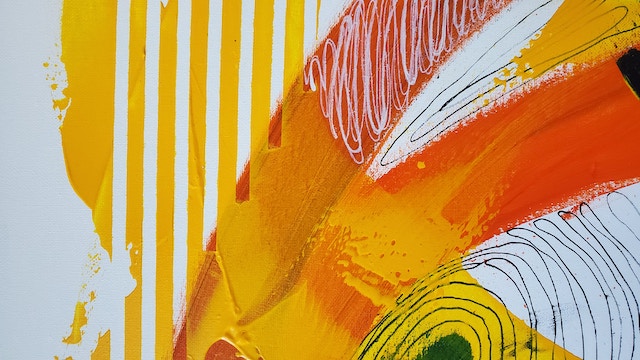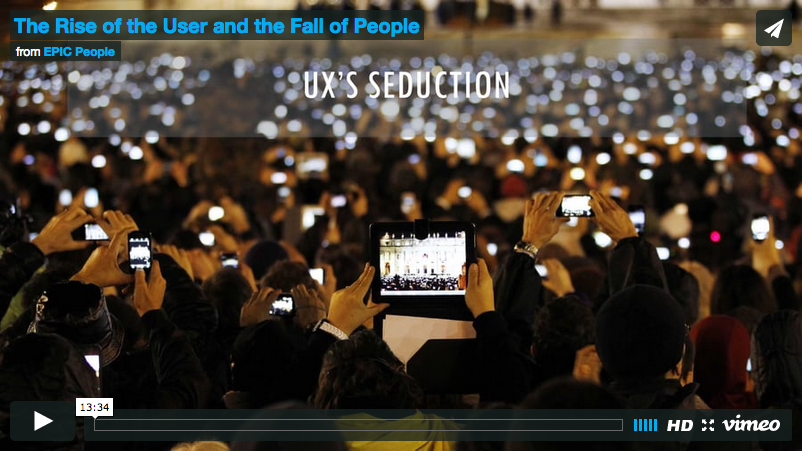This paper introduces an theoretical and interpretive tool, the Process of Argumentative Aphasia, for...


This paper introduces an theoretical and interpretive tool, the Process of Argumentative Aphasia, for...

This paper reports on the efforts of a global IT services company to transform the way it delivers IT outsourcing services. The change initiative was designed to bring about a radical transformation in the how work gets done across the enterprise with the expected benefit of delivering greater...

‘AirSpace’, according to Kyle Chayka, is the increasingly homogenized experience of the western(ized) business traveller, driven by major tech platforms (including Google, Airbnb and Uber.) As international travellers, ethnographers must account for the impact of AirSpace on their research...

This paper investigates the notion of heterogeneity, inspired by Latour’s work on Actor Network Theory, as a lens for understanding daily work practices in a large service delivery organization. To this end, we present and discuss the findings from an ongoing research where we unpacked how...

This paper presents a study of new technologies potentially enabling access to a sensory feast of places by ‘wired up’ flanêurs, real-time as well as remote ‘native’ description and interactions and situated oral histories excavated through ‘being in a place’. We describe an inter-disciplinary...

Renewing Henri Lefebvre’s unfinished and overlooked science of ‘rhythmanalysis,’ I propose physical space becomes meaningful to us to the extent that it provides refuge from the ravages of time—specifically, the intersecting rhythms of everyday life. In other words, we develop affinity with space...

With more than five billion people, large corporations have expressed non-trivial interest in “emerging markets” as potential future sources of revenue. We in this community of ethnographic praxis, are privileged to move with some ease between corporate board rooms and people’s living rooms around...

You’ve probably been there—in a security line at Laguardia airport, still fuzzy with jet lag. I stood in one recently—just a few days after returning from Addis Ababa, Ethiopia—and certain quotidian details of life in the US were still jumping out in shocking relief. In front of me were two women...

This paper examines how ethnographic praxis as a means for driving social change via industry, went from a peripheral, experimental field, to a normalized part of innovation and product development – only to be coopted from within by a new language of power. Since the 1980s anthropologists have...

The paper attempts to analyse rapidly changing rural Indian socio-economic landscapes from a recent empirical study of rural PC kiosks. Rural contexts in India are essentially composite and digitally immature communication ecologies. Some of the questions we wanted to answer were as follows: How...